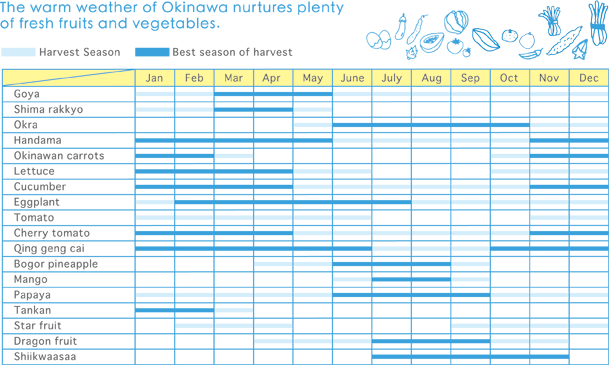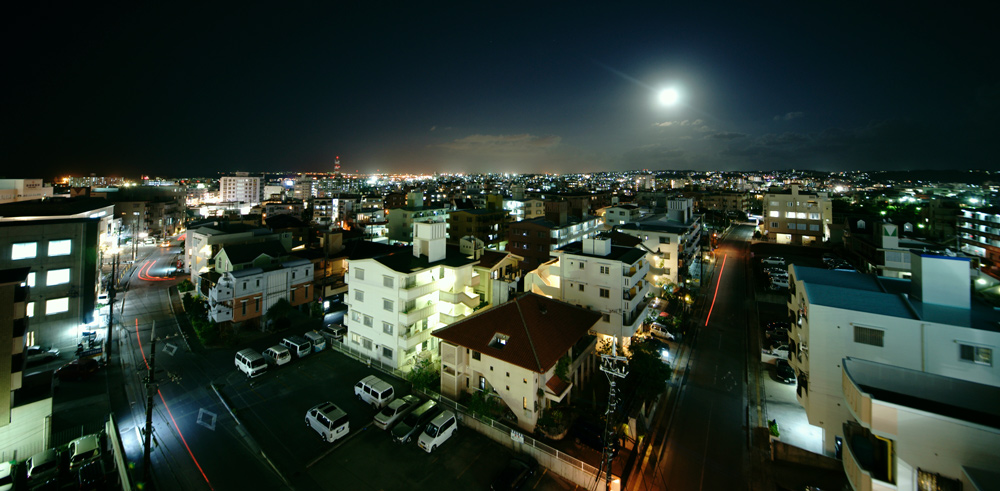I answer quite a few questions on topics ranging from composting, gardening, survival and food forests. A few of them I share here.
This recent question about gardening in Okinawa is worth covering here, just because it’s so out of the ordinary:
M writes:
“Hi David!
Hope you and your beautiful family are thriving today! I first learned about you all through Marjory Wildcraft’s online summit a couple of years ago. You and Justin Rhodes! Appreciate you both.
(Some missionaries to Okinawa) came to our church last month — they have been and will be working specifically amongst service members on the military bases there. They have such a heart for them! They told a story of watermelons costing $50+ in stores and $38 at the commissary, and as I thought about that I had a brainstorm. Truthfully, I think it was a “God-prod.” :)
I’m making them a bunch of large fabric pots to pack in their shipping container. They aren’t exactly sure where they will be living or if there will be any dirt for gardening in (anything more than a patio), so this seemed the best option.
They’ve also asked for seeds. Watermelon is a given :). But EVERYTHING is expensive there. I’m figuring they will want salad greens, tomatoes, zucchini, etc., etc. I’m going to try to find all open-pollinated varieties for them, in case they want to seed-save. He is originally a Louisiana boy, if that helps at all.
Would you have any recommendations for specific varieties, etc, etc.? Would your Florida gardening book be helpful in their situation? They are definitely in a sub-tropical zone, and during the hot and humid summer, typhoons come through a lot of nights.
The only place they’ve gardened was in New Mexico, so there will be a learning curve! (And I’m in zone 5b — worlds apart climate-wise!)
Blessings to you and the family.”
Step 1: Learn the Climate
First of all, I know little about Okinawa – but I do have Infogalactic, so I decided to do some research and get up to speed on the climate we’re dealing with:
“The island’s subtropical climate supports a dense northern forest and a rainy season occurring in the late spring.”
Okay, getting closer! Sounds similar to where I used to live in North Florida, so perhaps my book Totally Crazy Easy Florida Gardening would be useful; however, I don’t think it’s a good idea to just say “get my Florida gardening book and go to Japan – it should be cool!” We don’t want to leave these missionaries hanging, right?
Trying to choose species that will work without direct observation on the ground is difficult. We know it’s subtropical, but we don’t know much else.
This is where studying the commercial agriculture of a region becomes helpful.
Step 2: Figuring out What Grows Well
If there’s money in it, chances are it grows well. If you live in Georgia, grow some peaches and peanuts. If you’re in Iowa, grow corn. If you’re in Florida, grow weeds.
That’s a joke. Sorry, Florida.
According to this site, Okinawa grows a lot of excellent produce.
Here’s a helpful chart:

However, those crops may not be exactly what will grow where M’s missionary friends will be stationed as the chart was produced for “Okinawa prefecture” which, again according to Infogalactic, “comprises hundreds of the Ryukyu Islands in a chain over 1,000 kilometres (620 mi) long.”
Chances are you’re going to garden year-round without trouble, however. Winters get a little chilly but not icy.
The best way to find out about gardening in Okinawa is to look for existing gardens and farms and play copycat. You may be able to make some good guesses on seeds but the local varieties will likely be better adapted. You also may get seeds confiscated at the airport, so you need to keep that in mind as well.
Step 3: My Humble Final Recommendations
Though I would rather spend a week or two wandering around Okinawa and observing before I make any hard recommendations, I would suggest that the following crops would likely thrive in that climate.
Yard-long beans
True yams (unavailable from seed but likely sold in markets)
Pickling cucumbers
Seminole pumpkins (though hard to keep under control)
Malabar spinach
Cherry tomatoes
Basil
Bush green beans/wax beans (easy everywhere)
Bitter gourd (though it tastes awful)
Okra (almost certainly easy)
Lettuce (during cooler seasons – Black-seeded Simpson always grows well)
Cilantro (easy!)
I also bet they will have seeds available locally. I recommend they also start composting as soon as they get there. Even a trash can compost bin with drainage holes in it will work. Homemade compost will help keep costs down. Using seaweed to feed their gardens is another good idea.
Good luck and God bless. If your friends start gardening and have questions or would like to share photos from their garden, I would love to share them here.
Another article I wrote which might help is this one on balcony gardening.
*Top image via Ken Funakoshi, creative commons license.


7 comments
Oh lol this cracked me up, remembering, having TRIED to garden on base in Okinawa! We had to do containers… and finally gave up lol. Unbelievable heat and humidity alternate with oceans from the sky (rainy season lol) toss in little kids who love to dig… I think maybe we had a few greens :) it’s a neon urban jungle there. So green… all over concrete construction with lots of neon signs all over :)
Heh. Sounds like South Florida. Not easy! Thank you for the field report.
It sounds like they have to investigate existing, or set up some micro climates of their own. Perhaps grow Seminole Pumpkins on the edges of the garden – over trellises, and grow more tender crops in the shadow of them. If you attempt to grow in a hot, humid climate, the rule is to always protect plants on the western side, and attempt to grow under canopy. But allow for air circulation too, or mould will wipe everything out.
Find some die-hard, native species as your sacrificial crops (they don’t have to be edibles, but bonus if they help fix nitrogen) and grow them on the western side. In my experience growing in hot and sometimes humid conditions during summer – autumn is where we get the most productive growth. Summer just fries everything. Perennials are also better than annuals, because they mope during the heat of summer, but pick up growth quickly when autumn arrives. All my annuals died once planted in spring and summer cooks them. And if I plant in autumn, sometimes the cold will kill the warmer climate crops. Perennials fill that niche perfectly.
If they are going to try growing watermelons, I’d plant them underneath a small tree or shrub, where the roots can be shaded, while their vines meander to the top in order to bloom. Of course you might need to net them, for support as they grow. Beats paying $50 for a watermelon though. I wonder if sweet potato would work, because you can eat the new shoots of the leaves, before the tubers are ready? That’s if they can’t find yams.
All great suggestions. Thank you thank you.
Gardening on rooftops is something I did at a few locations in Okinawa. All goes well for anything, which grows in Florida. The climate is similar. Balcony gardens, work best. On rooftops, exposed to the wind, everything flies away during typhoons !
This is fantastic. Thanks so much, David and everyone! I am extremely grateful.
I’ll check with the folks re: seeds and customs, and then start to make some selections based on David’s research and the helpful comments. Hopefully we’ll get them off to a good start, and they can take it from there. :)
My son is posted to base in Okinawa and he said even if you are put in housing with a yard you are not allowed to dig up ground for a garden, everything must go in pots.
Comments are closed.